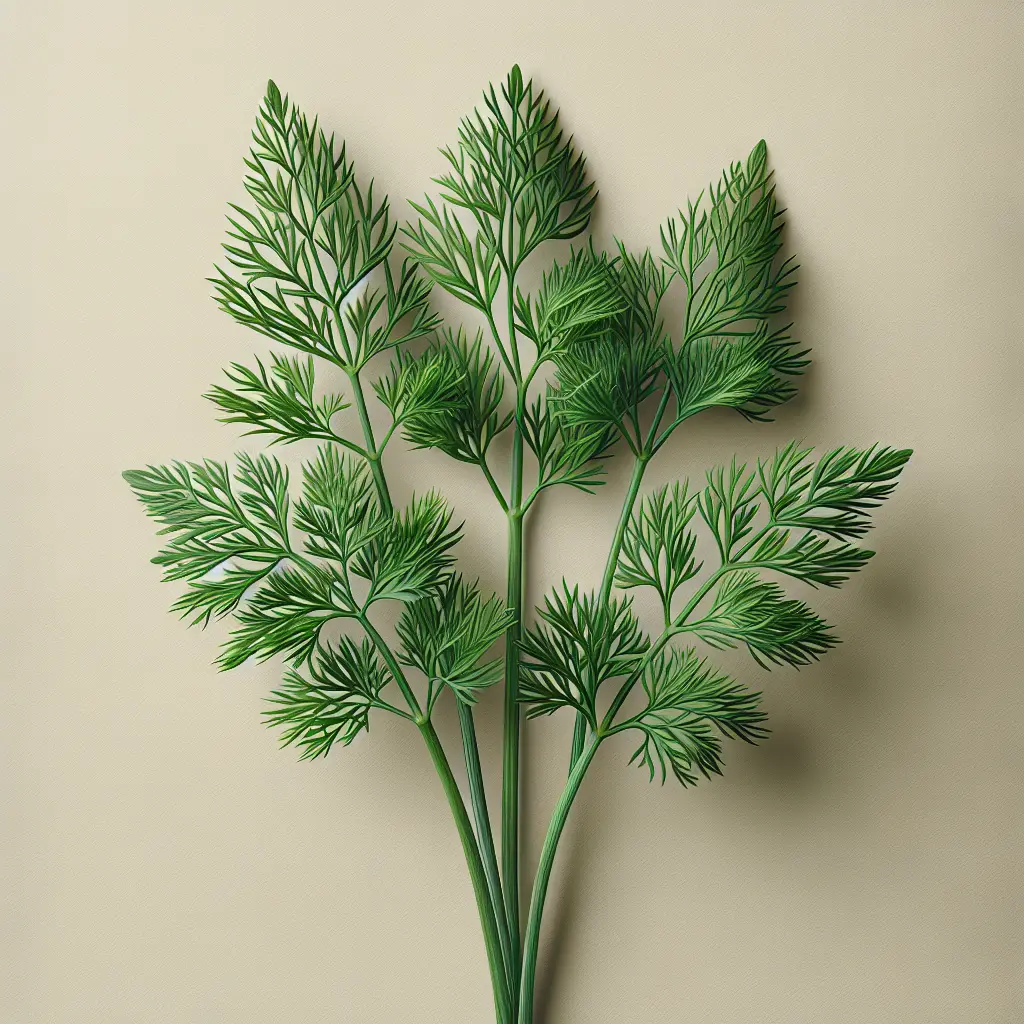Dill: A Culinary Herb with a Rich History
Dill, a member of the parsley family, has graced kitchens around the world for centuries. Its origins can be traced back to the Mediterranean region, where it has been prized for its culinary and medicinal properties since ancient times. The herb's name, derived from the Old Norse word 'dilla,' aptly reflects its refreshing and fragrant nature.
Dill has played a prominent role in various cuisines, from European to Middle Eastern and Asian. In Central and Eastern Europe, dill is often paired with fish, enhancing the flavors of salmon, herring, and other seafood dishes. In Scandinavia, dill is a staple ingredient in the beloved gravlax, a cured salmon dish infused with the herb's distinctive aroma.
Culinary Versatility: A Herb for All Seasons
The culinary versatility of dill is truly remarkable. Its delicate leaves can be used fresh or dried, adding a touch of freshness to a wide range of culinary creations. Here are a few examples of its culinary uses:
-
Salads: Dill's feathery leaves add a burst of flavor and color to salads, complementing greens, vegetables, and fruits. Its citrusy notes pair well with dressings made with lemon or vinegar.
-
Seafood: Dill is a natural partner for seafood, particularly fatty fish like salmon and mackerel. It can be used as a marinade, sprinkled over grilled fish, or added to sauces and dips.
-
Soups and Stews: Dill's refreshing aroma and subtle flavor enhance soups and stews, adding a touch of brightness to hearty dishes.
-
Pickling and Preserving: Dill is widely used in pickling and preserving, notably in the preparation of cucumbers and other vegetables. Its antimicrobial properties help extend the shelf life of pickled foods while imparting a distinct flavor profile.
Health Benefits: Beyond Culinary Delights
Apart from its culinary merits, dill also offers a range of health benefits. It is a good source of vitamin C, an essential nutrient for immune function and collagen production. Dill also contains antioxidants, which help protect cells from damage caused by free radicals.
Additionally, dill has been traditionally used for its digestive properties. Its essential oils are believed to have antispasmodic and carminative effects, helping to relieve gas and indigestion. Some studies have also suggested that dill may have antimicrobial properties, potentially aiding in the fight against certain bacteria.
Pairing Suggestions: Enhancing Flavors
To make the most of dill's culinary versatility, consider pairing it with ingredients that complement its refreshing flavors. Here are some suggestions:
-
Dairy: Dill's delicate aroma pairs well with dairy products, such as cream cheese, sour cream, and yogurt. Try adding chopped dill to dips, spreads, and sauces for a touch of freshness.
-
Citrus: The citrusy notes in dill harmonize well with lemon, lime, and orange. Use dill as a garnish for citrus salads, marinate chicken or fish with dill and citrus juices, or add it to dressings for a refreshing twist.
-
Seafood: As mentioned earlier, dill is a classic pairing for seafood. Its refreshing flavor complements the richness of oily fish like salmon and mackerel. Try grilling salmon with dill, adding it to seafood salads, or using it as a garnish for ceviche.
-
Herbs: Dill pairs well with other herbs, such as parsley, chives, and tarragon. Combine these herbs to create flavorful marinades, compound butters, or herb blends for various dishes.
How many calories are in Dill Fresh?
Each 5 sprigs of Dill Fresh contains 0.4 calories.
Dill Fresh Nutritional Information
| Nutrient | Amount per 5 sprigs (1g) |
|---|---|
| Calories | 0.4 Calories |
| Protein | 0g |
| Fat | 0g |
| Saturated Fat | 0g |
| Cholesterol | 0mg |
| Carbohydrates | 0.1g |
| Dietary Fiber | 0g |
| Sugar | g |
| Sodium | 0.0006mg |
| Potassium | 0.0074mg |
| Calcium | 0.0021mg |
| Iron | 0.0001mg |
